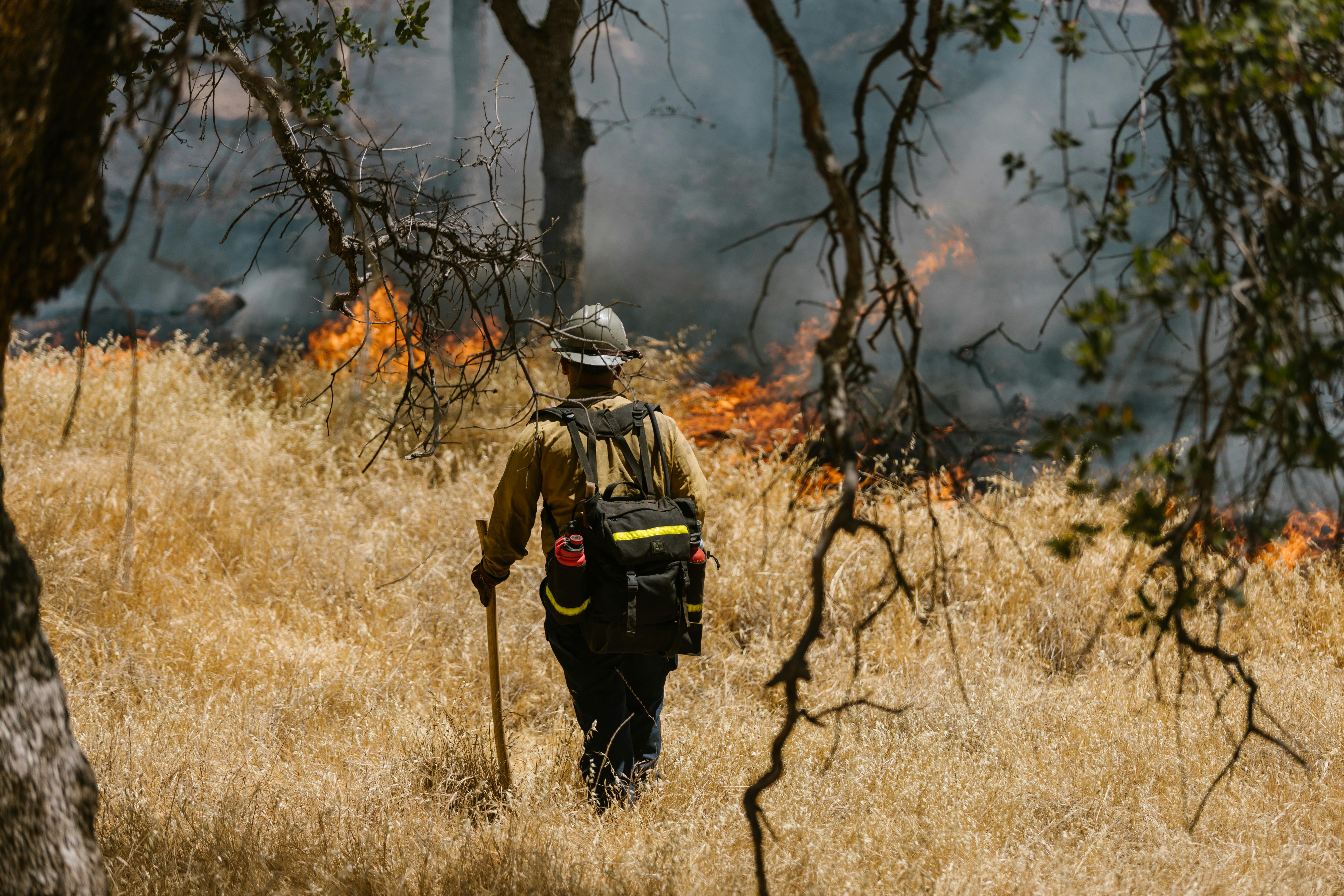Wildfires have become a relentless threat across the U.S., with the 2024 Texas Panhandle wildfires being one of the most recent and severe examples. The Texas Panhandle wildfires—including the Smokehouse Creek fire, the largest in Texas history—caused $123 million in preliminary agricultural losses, making it the costliest wildfire on record.
As these disasters grow in frequency and intensity, U.S. insurers face increasingly complex challenges in responding effectively. Here, we’ll explore the key challenges insurers encounter during wildfires and discuss potential solutions, drawing recent insights from the Texas Panhandle wildfires and global wildfire trends.
See also: Big Tech Tackles Wildfires
1. Escalating risk exposure
One of the most significant challenges insurers face is the increasing risk exposure due to the expanding wildland-urban interface (WUI). The WUI is the area where human development and undeveloped wildland meet, and development in this zone has grown significantly, especially in Southern and Western areas of the U.S. As more homes and businesses are built in wildfire-prone areas, the potential for massive financial losses surges.
The Texas Panhandle fires alone devastated over a million acres, destroying hundreds of properties and causing significant economic disruption. With such widespread devastation, insurers are struggling to balance the risks associated with providing coverage in these high-risk areas.
To address this, insurers must invest in advanced risk modeling and analytics that factor in climate change, historical fire data, and future land use patterns. This can help in accurately pricing policies and setting aside adequate reserves to cover potential claims. Leveraging satellite imagery and AI-driven models can enhance risk assessments and enable insurers to offer more tailored coverage options, possibly encouraging homeowners to adopt fire-resistant building practices.
2. Underinsurance and coverage gaps
Another major issue highlighted by recent wildfires is the prevalence of underinsurance. Many property owners underestimate the replacement cost of their homes or do not update their policies to reflect current values, leaving them inadequately covered when disaster strikes. The extensive losses in the Texas Panhandle emphasized this point, as many victims discovered that their coverage was insufficient to rebuild their properties.
Insurers should engage with policyholders to regularly review and update coverage limits. Educating consumers on the true cost of rebuilding and the importance of updating their policies can reduce the incidence of underinsurance. Additionally, offering extended replacement cost coverage or automatic policy updates linked to inflation or local building costs can provide better protection.
3. Claims handling and customer service bottlenecks
The surge in claims following a major wildfire can overwhelm insurers and their loss adjuster resources, leading to delays and customer dissatisfaction. The aftermath of the 2024 Texas Panhandle wildfires saw a deluge of claims that tested the capacity of many insurers. Efficiently managing this influx while maintaining high customer service standards is a persistent challenge.
Insurers can mitigate this issue by investing in solutions that provide them with immediate intelligence around their affected portfolios, policies, and properties in the aftermath of a fire. These solutions use a combination of data sources such as satellites, aerial imagery, sensors, and specific imaging formats that can see through the smoke created by wildfires, like infrared imagery or synthetic aperture radar (SAR).
This gives insurers an accurate, detailed digital representation of an event's impact, ensuring they can accurately reserve for losses and more quickly respond to support their affected policyholders, even before first notice of loss (FNOL) on occasion.
See also: Technology Can Prevent 4 of 5 Electrical Fires
4. Climate change and the uncertainty of future events
The increasing unpredictability of wildfires due to climate change adds another layer of complexity for insurers. With “weather whiplash” events becoming more common, such as sudden shifts from drought to intense rain or heat waves, traditional risk models are often insufficient. This was evident in the 2024 wildfires, where unusual weather patterns contributed to the rapid spread and intensity of fires.
Insurers must integrate climate science into their risk modeling processes. This includes collaborating with climate experts and investing in scenario planning that accounts for extreme weather variations. Developing partnerships with government agencies and environmental organizations can also provide insurers with valuable data and insights to refine their risk assessments.
5. Regulatory and community pressures
In the wake of catastrophic wildfires, insurers often face scrutiny from regulators and pressure from communities to continue providing affordable coverage. The balance between maintaining solvency and meeting regulatory requirements can be delicate, particularly when there is public outcry over rising premiums or coverage denials in high-risk areas.
Insurers should engage with regulators and community leaders to find sustainable solutions that protect both their financial health and the community’s need for coverage. For example, the Texas Panhandle fires may have been caused by a decayed utility pole that broke, causing live wires to fall on dry grass. Incidents like this require advocating for the creation of state-backed insurance pools or promoting community-based fire prevention initiatives that reduce overall risk.
Responding to these challenges
The increasing frequency and severity of wildfires in the U.S. present significant challenges for insurers. However, by leveraging advanced loss assessment technologies, improving customer education, and collaborating with stakeholders, insurers can better manage these risks and provide essential protection to communities at risk.
As we move forward, it’s imperative that the insurance industry continues to adapt to the evolving landscape of wildfire risk, ensuring resilience and stability in the face of these natural disasters.






